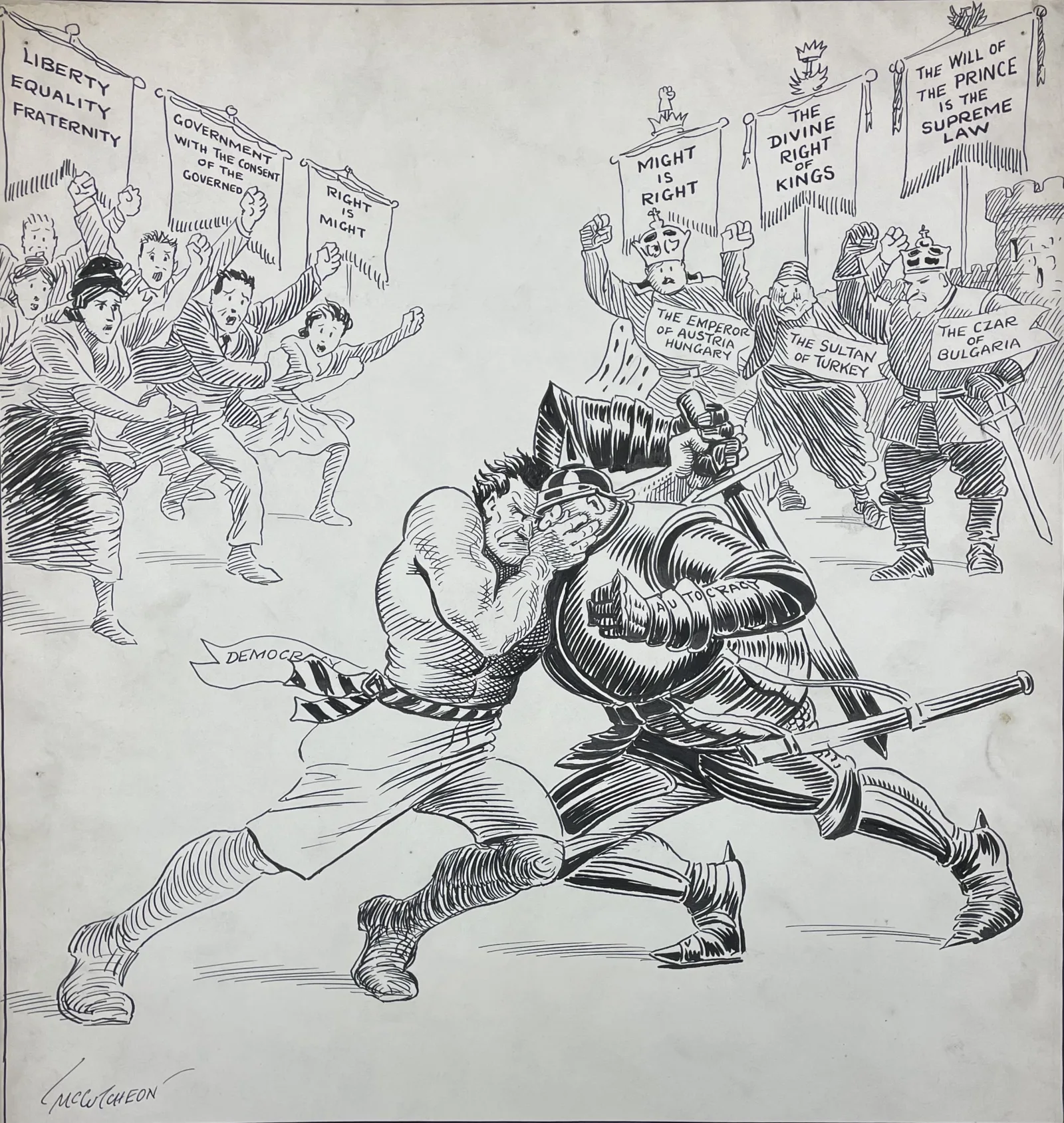In 1776, the Declaration of Independence defined “unalienable rights” as “Life, Liberty and the pursuit of Happiness.” And five years after the end of the Revolutionary War, the founding generation ratified a new Constitution to, among other things, “secure the Blessings of Liberty to ourselves and our Posterity.” What it meant to dedicate a country to liberty was immediately contested and continues to be contested to this day. For whom were these “Blessings of Liberty” to be secured? Under what circumstances could individuals expect the inalienable right of liberty to be recognized? What justifies limitations on liberty, and what does a dedication to liberty demand of us?
Though Americans grappled with these issues in all times and places, nothing crystallized the tensions around liberty quite like war. President Abraham Lincoln, in his address at the newly dedicated Gettysburg National Cemetery in the midst of the Civil War, centered his reflection on this very question: “Four score and seven years ago our fathers brought forth on this continent, a new nation, conceived in Liberty, and dedicated to the proposition that all men are created equal.” At the site of so much death and destruction, he wondered whether a nation, “so conceived and so dedicated can long endure.”
Conceived in Liberty: Cartoons, Caricatures, and Illustrations in the Wartime US, 1812-1918 will draw on the Newberry’s collection to show how artists living through wartime “conceived” cartoons, caricatures, and illustrations that grappled with questions about liberty. These images appeared throughout broader print culture (newspapers, magazines, sheet music, broadsides, posters) as well as in more private contexts, such as diaries, letters, or sketchbooks. Whether patriotic or dissenting, available to the masses or only to a few, wartime imagery reveals in dramatic, visually compelling ways how the people of the US have used the occasion of war to question, revise, challenge, and champion this core value of the country since its founding 250 years ago.
Curator
Margaret Storey, Professor of History at the College of Liberal Arts and Sciences at DePaul University
More About the Space
The Trienens galleries include an introductory gallery and a larger primary gallery. Exhibitions mounted there typically include 40-70 items from the Newberry's vast collections. Exhibitions in the Trienens galleries allow visitors to explore compelling themes and historical content in depth. Examples of past exhibitions include: Pop-Up Books through the Ages and Viva La Libertad. Click here to view a photo of the galleries.
